Like other types of arthritis, psoriatic arthritis is an autoimmune disease that sets off the immune system against healthy body cells. It primarily targets the joints, causing pain, swelling, and stiffness in and around them.
Psoriatic arthritis affects 30% of people with psoriasis, a condition that causes red patches with silvery scales to appear on the skin. Psoriatic arthritis usually develops after being diagnosed with psoriasis. But there are some cases where psoriatic arthritis occurs before the appearance of the skin patches.
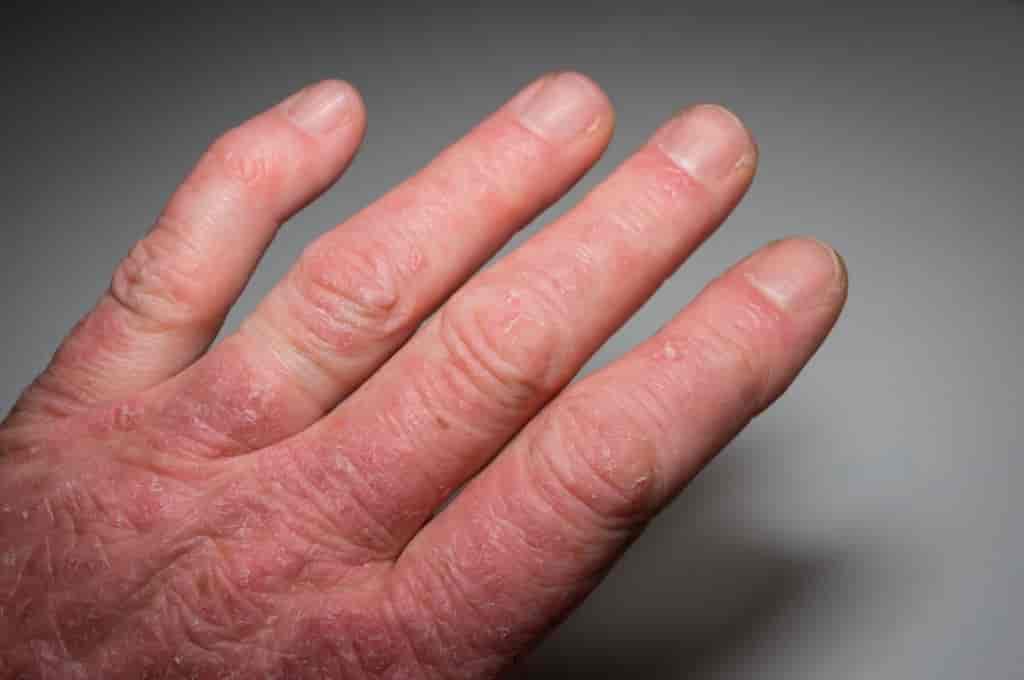
Advertisements
Psoriatic arthritis is a complicated disease to diagnose and control as its symptoms change daily and differs from person to person. However, there are common symptoms you can watch out for to tell if you have psoriatic arthritis. It is essential to start treatment as soon as you detect the symptoms since PsA is a disease that continuously progresses. And without treatment, it can cause permanent damage to your joints or other affected areas.
On the next page, you’ll discover the symptoms of psoriatic arthritic that you shouldn’t think of ignoring once you notice them avoid becoming disabled.
1. Swollen fingers and toes
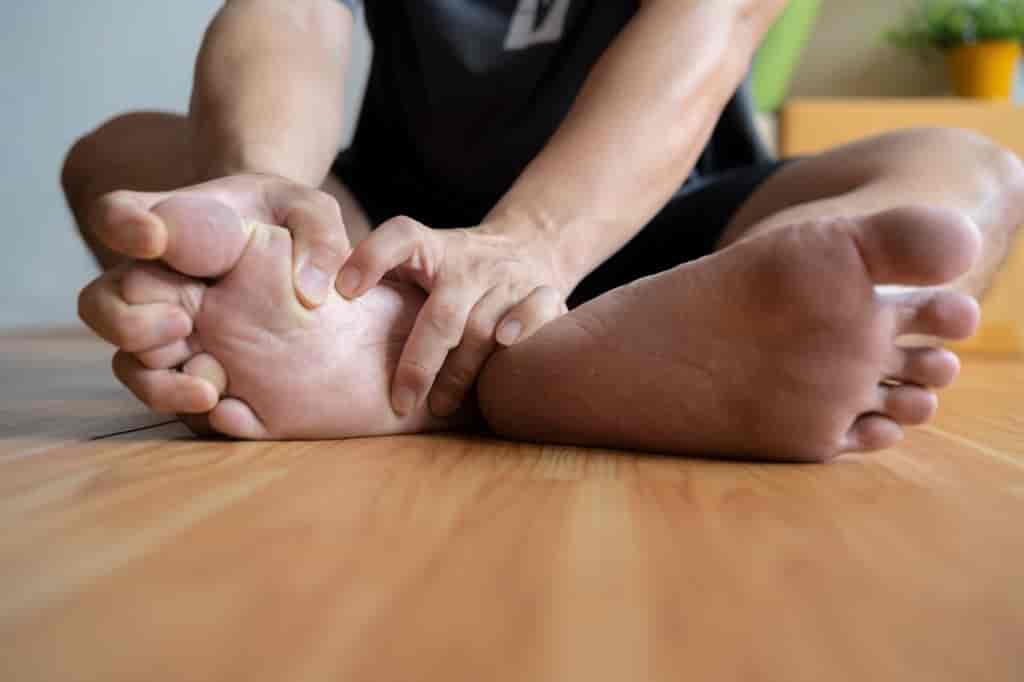
Swollen fingers and toes are one of the most common symptoms of psoriatic arthritis (PsA). It affects 16% and 49% of people with PsA. This condition is known as dactylitis, and it’s characterized by a sausage-like swelling of the fingers and toes. It is caused by inflammation in the small joints that connects the ligaments and tendons to your bones.
Other symptoms of dactylitis include enthesitis – pain in your Achilles tendon –, warm, sore, and tender bone tissues, and red patches on the affected areas.
If left untreated, dactylitis can eventually lead to deformity and permanent stiffness of the hand and foot joints. A popular treatment for this condition is physical or occupational therapy, where you go through a series of workouts to keep your joints flexible and avoid stress on your hands and feet.
2. Holes or grooves in the nails
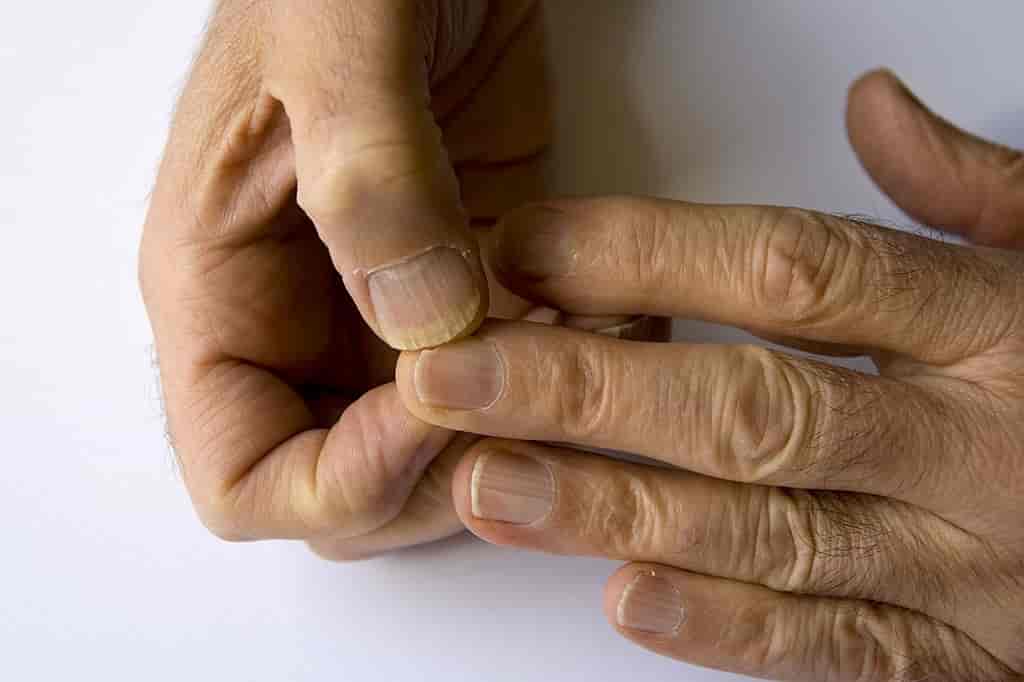
A study published in the Journal of Postgraduate Medicine revealed that about 87% of people affected by psoriatic arthritis develop a condition called nail psoriasis. This condition changes the appearance of the nails to something that resembles the after-effect of a fungal infection.
Nail psoriasis leads to pitting – shallow or deep holes – of the fingernails and toenails, separation of the nail from the nail bed, nail tenderness or pain, development of grooves and ridges on the nail surface, as well as yellowing or browning of the nails.
If you notice these symptoms, consult your doctor to help diagnose the exact underlying cause – nail psoriasis or fungal infection. In some cases, you may develop a fungal infection from experiencing nail psoriasis.
3. Period of joint stiffness, especially in the morning

Joint stiffness is a common symptom of psoriatic arthritis. This disease mainly affects the fingers, lower back, toes, and ankles. Due to inflammation in the joints, it can become challenging to move your body after resting or a period of inactivity.
That is because the inflammation has caused your joints to tighten up and become incredibly stiff. Joint stiffness mostly happens in the morning as you about to get out of bed and can last for up to 1 hour. Sometimes, the joint stiffness lessens, and other times, it flares up.
Advertisements
You can ease joint stiffness by makes positive changes to your lifestyle and including exercises in your daily routine.
4. Pains anytime you move your legs or hands

Aside from attacking the joints of the legs and hands, psoriatic arthritis also affects the tendons and ligaments around them, causing pain and swelling. This condition, known as tenosynovitis, makes it more challenging to bend your knees, extend your arms, and rotate your wrist. You may also find it difficult to effectively use your fingers to grasp something or use your hands in any way. All these reduce your range in motion and drastically diminish your mobility.
5. Heel pain
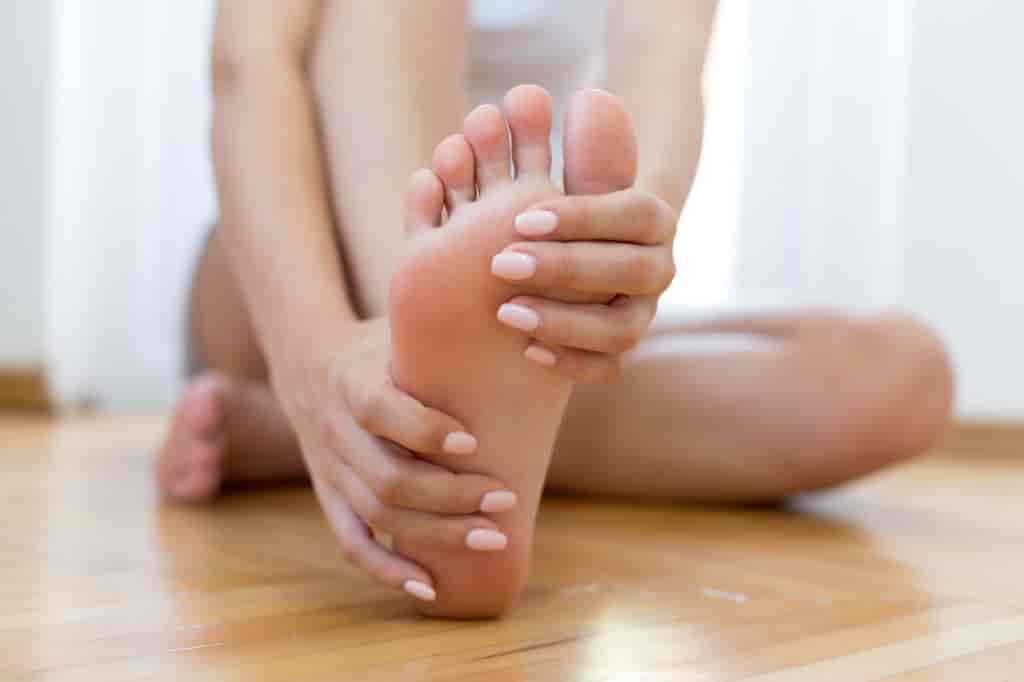
Another symptom that develops from psoriatic arthritis is heel pain, also known as enthesitis. PSA causes inflammation in the points where tendons and ligaments connect with bone, usually the Achilles tendon – a tendon that connects your heel to your calf muscles – or the plantar fasciitis – the sole of your foot.
Enthesitis may lead to tenderness and pain at the back of your heel or the bottom of your heel, making it less easy to walk. Also, this condition can lead to ankle stiffness in the morning or after resting.
It is essential you immediately contact your doctor if you are experiencing inexplicable heel pain.
6. You have pain or burning in your elbow

Like the heel, you can also develop enthesitis in the elbow due to psoriatic arthritis. This condition is similar to tennis elbow, which is associated with pain and tenderness in the bony knob on the outside of your elbow. That makes it challenging for you to grip or lift or perform any activity that requires the elbow. Enthesitis of the elbow is also caused by inflammation in the points where tendons connect with bone.
7. Eye inflammation

While psoriatic arthritis mainly targets the joints, it can also affect the eyes, causing a condition known as uveitis, also called iritis. This leads to inflammation at the front of the eye, which may result in permanent vision loss. According to scientific research, uveitis affects 7% to 20% of people with PsA.
Other symptoms of this condition include sensitivity to light, cloudy vision, pain, redness in and around the eye, loss of peripheral vision, and small shapes moving across your field of vision.
8. General exhaustion and fatigue

Advertisements
General exhaustion is a symptom experienced by about 80% of people with psoriatic arthritis. This fatigue is caused by your immune system expending energy to battle your healthy body cells. That is because PsA causes the release of proteins called cytokines, which makes your immune system assume your cells are infections.
Skin rashes and joint pain resulting from psoriatic arthritis can also prevent you from sleeping properly, and the fatigue becomes exacerbated as you lack the ability to exercise.
The bottom line
Having one or more of these symptoms does not necessarily mean the underlying cause is psoriatic arthritis. When you notice these symptoms, it is best to consult with your doctor to receive the proper diagnosis. Being aware of the various symptoms of psoriatic arthritis helps you know what to look out for, as early treatment of the disease can prevent severe permanent damage to your joints.




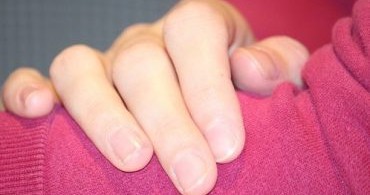
Comments